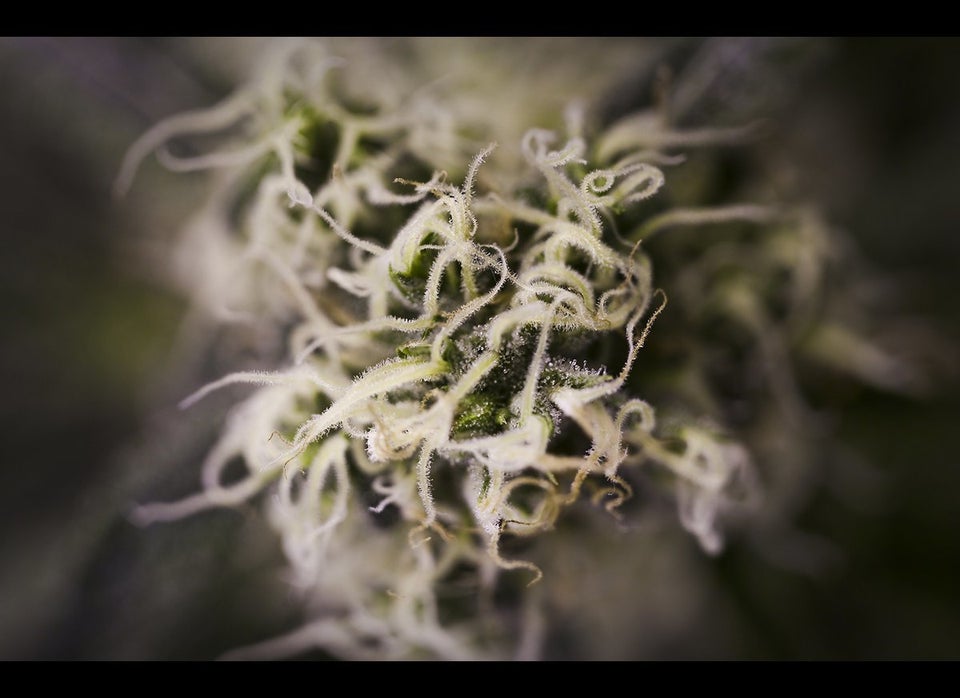Scientists may have discovered why marijuana makes users run for the Pringles.
In a study published on Sunday in the journal Nature Neuroscience, researchers have tied the increased hunger experienced by users to the drug's ability to produce a higher sensitivity to scents and flavors.
Smithsonian Magazine explains how researchers reached their conclusion:
The scientists began by exposing mice (increasingly used in neuroscientific research because of the surprising amount of cognitive similarities they share with humans) to banana and almond oils as a test of sensitivity to scent. When they did so, the mice sniffed the oils extensively at first, then stopped showing interest in them, a well-known phenomenon called olfactory habituation. Mice that were dosed with THC, however, kept on sniffing, demonstrating an enhanced sensitivity to the scents. These THC-dosed mice also ate much more chow when given the chance, showing an increased appetite.
The heightened sense of smell is, the researchers assert, linked to increased appetite.
As Live Science previously reported, scientists and pharmacological companies are interested in the way marijuana affects hunger both for patients who suffer from a lack of appetite, like those going through chemotherapy, and people looking to lose weight.
